Kapaus betta - Betta krataios
Scientific name: Betta krataios
Common name: Kapaus betta
Family: Osphronemidae
Usual size in fish tanks: 4 - 5 cm (1.57 - 1.97 inch)
014
Recommended pH range: 6.1 - 7.4
Recommended water hardness: 6 - 17°N (107.14 - 303.57ppm)
0°C 32°F30°C 86°F
Recommended temperature range: 23 - 27 °C (73.4 - 80.6°F)
The way how these fish reproduce: Spawning
Where the species comes from: South Asia
Temperament to its own species: peaceful
Temperament toward other fish species: peaceful
Usual place in the tank: Top levels
Short Description
The Kapaus Betta (Betta krataios) is a peaceful, small-sized Betta species native to Borneo. This paternal mouthbrooder is known for its calm demeanor and vibrant coloration, particularly in males. Ideal for community tanks, Kapaus Bettas thrive in environments with plenty of hiding spots and soft, slightly acidic water. Their unique breeding behavior and compatibility with other peaceful species make them a fascinating addition to freshwater aquariums.
Origin
Betta krataios is native to Borneo in Southeast Asia. These fish are found in slow-moving or still freshwater habitats, characterized by soft, slightly acidic water and dense vegetation, which provide shelter and spawning sites.
Tank Requirements
A tank of at least 40 liters (10 gallons) is recommended for Kapaus Bettas. Maintain water temperatures between 23-27°C (73.4-80.6°F), a pH range of 6.1-7.4, and water hardness of 6-17°N (107.14-303.57 ppm). Provide ample vegetation, driftwood, and rocks to create hiding spots and replicate their natural habitat. Floating plants can be added to subdue lighting and create shaded areas. Good filtration and regular water changes are essential to keep the water clean and healthy.
Food and Feeding
Kapaus Bettas are omnivorous but prefer live or frozen foods. Offer a varied diet of daphnia, bloodworms, and brine shrimp to meet their nutritional needs. High-quality Betta pellets or flakes can be used as a staple diet, supplemented with occasional treats of live or frozen options. Feed them small portions twice daily to avoid overfeeding and maintain water quality.
Compatibility
Kapaus Bettas are peaceful and can coexist with other calm fish species. Ideal tankmates include small rasboras, peaceful gouramis, and Corydoras catfish. Avoid housing them with aggressive or overly active species to prevent stress. Males and females of this species can live together harmoniously, which is uncommon among Bettas.
Sexing
Males are more vibrantly colored than females and often exhibit additional coloration on their anal and tail fins. These differences become more pronounced during the breeding season.
Breeding
Betta krataios are paternal mouthbrooders, with males taking on the responsibility of incubating the eggs. Breeding begins with a courtship dance initiated by the female. After spawning near the substrate, the female spits the fertilized eggs toward the male, who collects them in his mouth. Incubation lasts 1-2 weeks, depending on water temperature. Once the fry are released, feed them infusoria or newly hatched brine shrimp to support their growth.
Lifespan
With proper care, Betta krataios can live for 4-6 years. Maintaining stable water conditions, a varied diet, and a stress-free environment is key to their longevity.
Pictures
Bought by aqua-fish.net from jjphoto.dk.
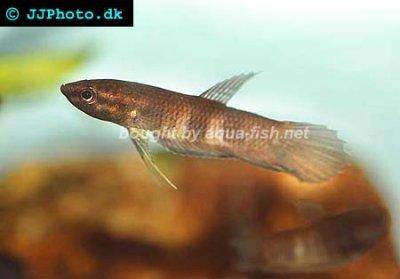





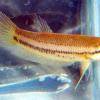 Akar
Akar 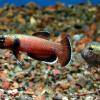 Whiteseam
Whiteseam 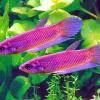 Giant
Giant 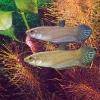 Betta
Betta 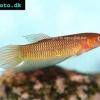 Slender
Slender 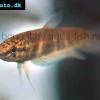 Betta
Betta 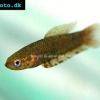 Brown’s
Brown’s  Snakehead
Snakehead 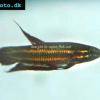 Wine
Wine 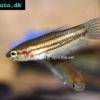 Edith’s
Edith’s 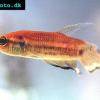 Blue
Blue 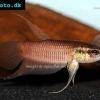 Betta
Betta 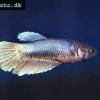 Peaceful
Peaceful 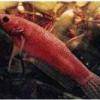 Eyespot
Eyespot 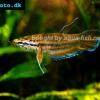 Spotted
Spotted 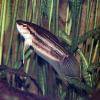 Forest
Forest 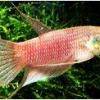 Schaller’s
Schaller’s 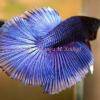 Siamese
Siamese  Chukai
Chukai 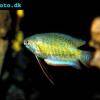 Banded
Banded 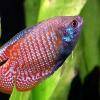 Dwarf
Dwarf 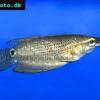 Frail
Frail 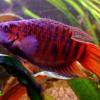 Paradise
Paradise 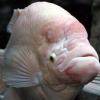 Giant
Giant 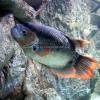 Giant
Giant 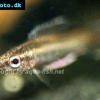 Licorice
Licorice 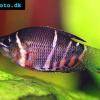 Chocolate
Chocolate 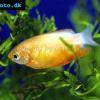 Honey
Honey 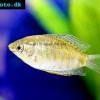 Thick
Thick 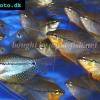 Pearl
Pearl 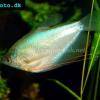 Moonlight
Moonlight 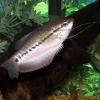 Snakeskin
Snakeskin 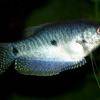 Blue
Blue